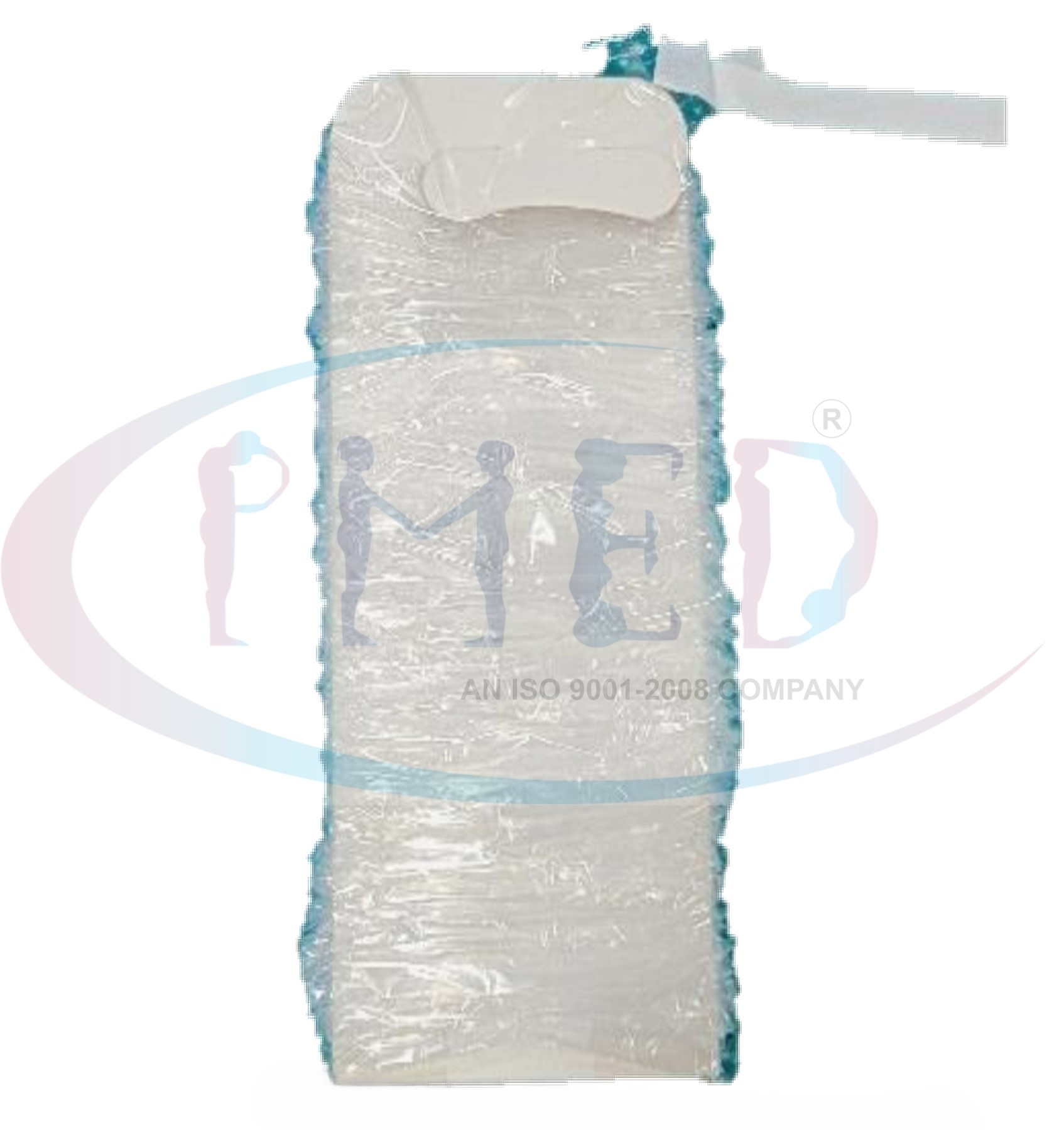Customer Support
+919871596367
Connect With Email
info@prakharmedics.com

Blog Post
Surgical Drapes: Selecting the Right Material and Sterilization Method for Safe and Effective Surgeries


Are you a healthcare provider or hospital administrator looking to make informed decisions about surgical drapes for your facility? Throughout this blog, we will provide a detailed analysis of various surgical drapes available in the market. We’ll also explore the importance of sterilization and provide essential guidelines for ensuring the safety and quality of surgical procedures.
But first, let’s introduce Medzell, a futuristic B2B platform for promoting Indian medical devices in emerging markets. Medzell offers a wide range of medical products, that are manufactured with the highest quality standards. With Medzell, you can access a reliable source of medical equipment and supplies, ensuring that your healthcare facility is always prepared to provide safe and efficient patient care.
Types of Surgical Drapes
Certainly, let’s delve deeper into the different types of medical surgical drapes.
- Single-Use Surgical Drapes: Single-use surgical drapes, also known as disposable drapes, are designed for one-time use during a surgical procedure. They are made from materials that are resistant to liquid penetration and provide a barrier against microorganisms. These drapes are convenient because they eliminate the need for cleaning, sterilization, and maintenance. After the surgery, they are discarded, reducing the risk of cross-contamination. Single-use drapes are available in various sizes and configurations to suit different surgical procedures.
- Non-Woven Surgical Drapes: Non-woven surgical drapes are made from synthetic materials that are bonded together through heat, pressure, or chemical processes. These drapes are lightweight, soft, and durable, providing a high level of barrier protection against liquids and microorganisms. Non-woven materials are often chosen for their ability to resist linting and shedding fibers, which helps maintain a sterile environment during surgery.
- Patient Safety Drapes: Patient safety drapes are designed to enhance patient safety during surgery. They are equipped with features that help prevent unintended injuries, such as electrical burns caused by stray currents during procedures involving electrosurgical devices. These drapes often have conductive or non-conductive adhesive areas to direct electrical currents away from the patient’s skin. Patient safety drapes are especially important during surgeries where electrosurgical equipment is used, such as in laparoscopic procedures.
- Impervious Drapes: Impervious surgical drapes are designed to provide an exceptional barrier against liquids and fluids. They are often used in procedures where there is a high risk of fluid exposure, such as orthopedic surgeries or surgeries involving large amounts of irrigation. These drapes are made from materials that prevent any liquid from passing through, maintaining the sterility of the surgical field.
- Adhesive Drapes: Adhesive surgical drapes have adhesive edges that adhere to the patient’s skin or the surrounding surgical area. This helps to secure the drape in place and prevent any movement during the procedure. Adhesive drapes are particularly useful in preventing contamination around the incision site or surgical field.
- Fenestrated Drapes: Fenestrated surgical drapes have an opening or “fenestration” that exposes the specific area of the patient’s body where the surgery will be performed. The fenestration is usually surrounded by adhesive or another mechanism to keep the drape in place while maintaining a sterile field.
- Split Drapes: Split surgical drapes are designed with a split or opening that allows the surgical team to easily access the surgical site without compromising the overall sterility of the field. These drapes are commonly used in procedures where multiple instruments or hands need to enter the surgical area simultaneously.
These are just a few examples of the various types of medical surgical drapes available. The choice of drape type depends on the specific surgical procedure, the level of barrier protection required, and any special safety considerations.















0 Comments